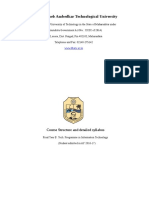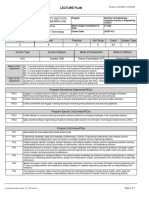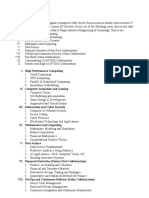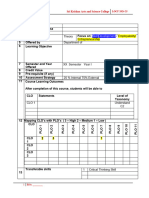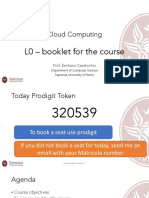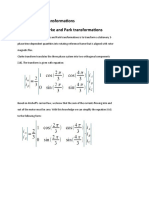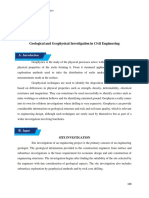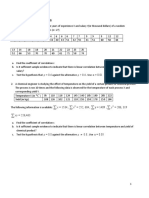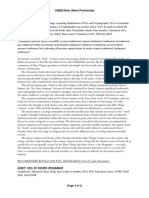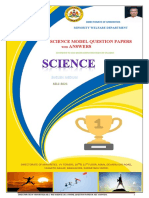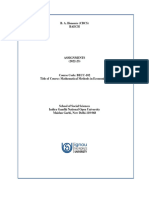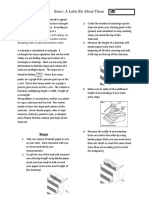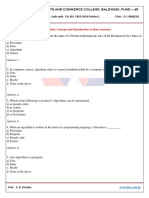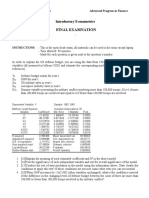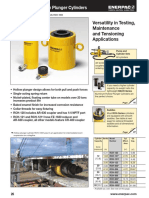0% found this document useful (0 votes)
44 views6 pages4-1 Syllabus-1
The document outlines various professional elective courses for IV-B.Tech-I-Sem, including Cloud Computing, Deep Learning Techniques, and Blockchain Technologies, each with specific course outcomes and unit topics. It details the structure of each course, including prerequisites, hours, and textbooks. Additionally, it includes an Open Elective course on Additive Manufacturing and a course on Business Communication and Presentation Skills, emphasizing communication techniques and presentation preparation.
Uploaded by
Bád Bøý ÇháràñCopyright
© © All Rights Reserved
We take content rights seriously. If you suspect this is your content, claim it here.
Available Formats
Download as PDF, TXT or read online on Scribd
0% found this document useful (0 votes)
44 views6 pages4-1 Syllabus-1
The document outlines various professional elective courses for IV-B.Tech-I-Sem, including Cloud Computing, Deep Learning Techniques, and Blockchain Technologies, each with specific course outcomes and unit topics. It details the structure of each course, including prerequisites, hours, and textbooks. Additionally, it includes an Open Elective course on Additive Manufacturing and a course on Business Communication and Presentation Skills, emphasizing communication techniques and presentation preparation.
Uploaded by
Bád Bøý ÇháràñCopyright
© © All Rights Reserved
We take content rights seriously. If you suspect this is your content, claim it here.
Available Formats
Download as PDF, TXT or read online on Scribd
/ 6

























